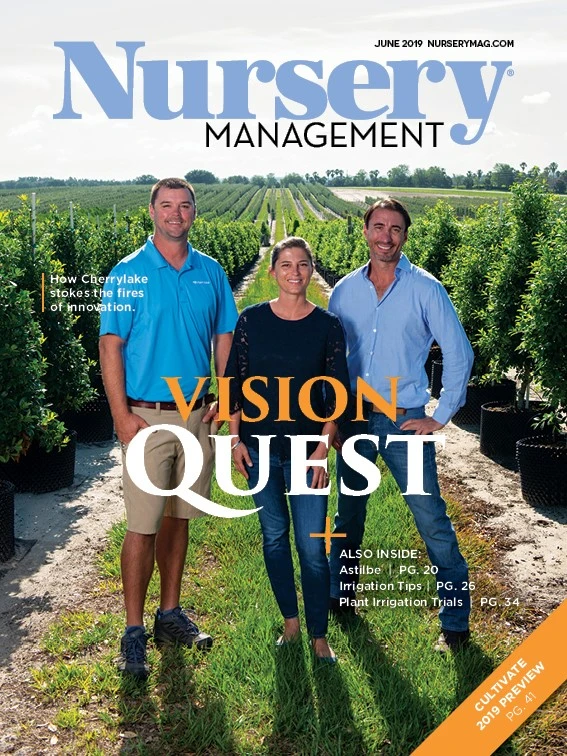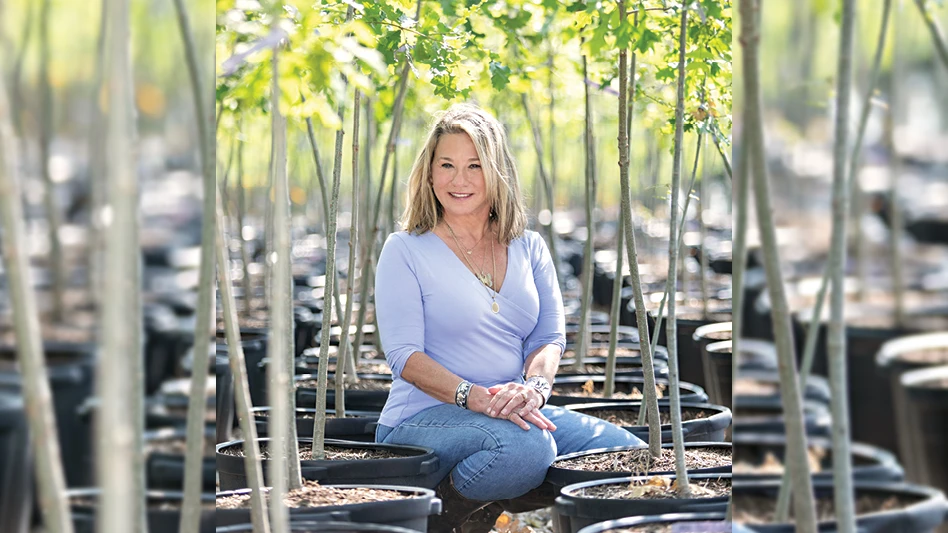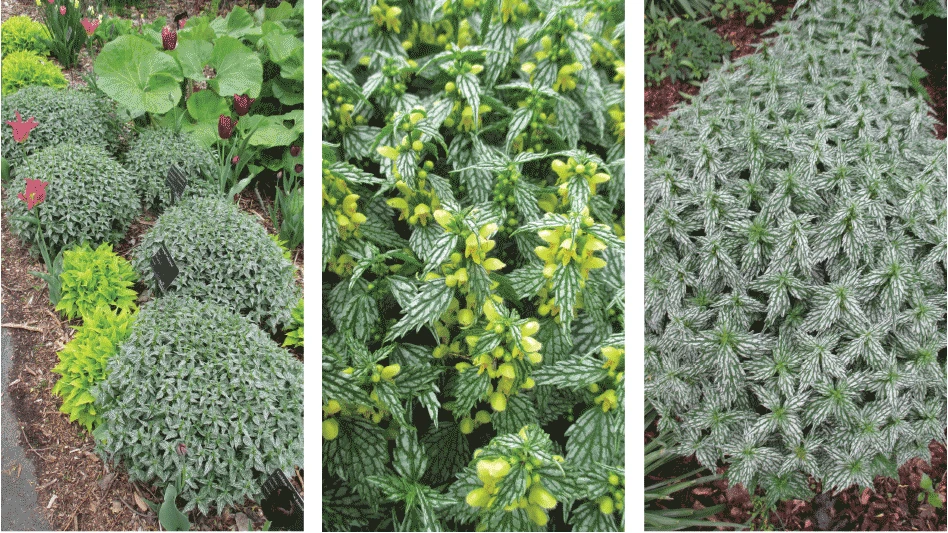Q: How serious is rose rosette to the rose market?
A: The rose industry is worth about $750 million. We estimate conservatively that we lose about 15 percent of that figure each year to rose rosette. Some areas of the country are hit harder than the others.
Q: What areas are hit the hardest?
A: The areas that are hit the hardest are the southern Midwest and the mid-south, which stretches from Texas and Oklahoma, all the way to the East Coast.
Q: Why do you think these areas are hit the hardest?
A: Oh, we would love to know that.
Q: What are some of the new developments in understanding this disease?
A: There’s several things. From a short-term approach, we now have the best management plans for landscapers, rosariums and rosarians that involve early detection and removal of plants. We’ve also identified miticides that suppress movement of the disease. We’ve identified resistant roses, but they’re not roses that people can currently buy. That means they’re not available on the market. They have a lot of things that people would not like, so we have a lot of breeding to do to incorporate those chains into things people would want.
Q: What do wholesale growers need to understand about rose rosette?
A: The first thing that needs to be understood is that they have to be constantly vigilant. In 2017, a wholesale grower in California lost more than a million dollars because they were not being vigilant. The disease and the mite were not known to occur where they were, but they were brought in on plant material. The same thing can happen to wholesale container nurseries. We had a container nursery in Georgia last year that suffered a $400,000 loss. Not many wholesale container nurseries can survive with those kinds of losses each year. So, what we tell people is they have to be constantly vigilant and if you’re not, this disease can bankrupt you.
Q: How can the industry reassure consumers that roses are still safe to plant?
A: What we tell them is that there are best management practices in place. They can get these from their extension service, by consulting rosarians with the American Rose Society and by asking rose companies for information. We have found that people don’t have to spray miticides, but regularly scout their roses on a weekly basis to catch and remove it. You have to understand this virus can not move itself. It’s not spread on pruners or by people’s hands, it’s spread by microscopic eriophyid mites that have no wings, eyes, ears or nose. It randomly blows around like dust particles. The odds of them encountering a rose is not high, but once it does, the populations will build quickly. So, if you see symptoms of rose rosette, you have to remove that rose early. We recently published a fact sheet on early detection to aid landscapers and consumers on what to look for and what to do when they find it. If they do this, they can stop the epidemic in its tracks.
Want To Go? “Winning the Battle with Rose Rosette Disease” Sunday, July 14, 10:45 - 11:45 a.m., A115

While rose rosette threatens the rose industry’s survival, Mark Windham, distinguished professor in ornamental pathology at the University of Tennessee, uses his expertise to discuss the best management plans for the disease. In addition to his strategies for rose rosette, Windham has conducted research on diseases of dogwoods, African violets and hydrangeas. By combining his knowledge of epidemiology and passion for horticulture, Windham aims to aid landscapers and rosarians with preventive methods and early detection skills.

Explore the June 2019 Issue
Check out more from this issue and find your next story to read.
Latest from Nursery Management
- New book explores plants that thrive in Rocky Mountains
- American Floral Endowment establishes Herman Meinders Memorial Tribute
- These companies are utilizing plastic alternatives to reduce horticultural waste
- NewGen Boxwood added to Proven Winners ColorChoice line
- Terra Nova releases new echinacea variety, 'Fringe Festival'
- American Horticultural Society names winners of 2025 AHS Book Awards
- Nufarm announces unified brand
- American Horticultural Society announces winners of 2025 Great American Gardeners Awards






